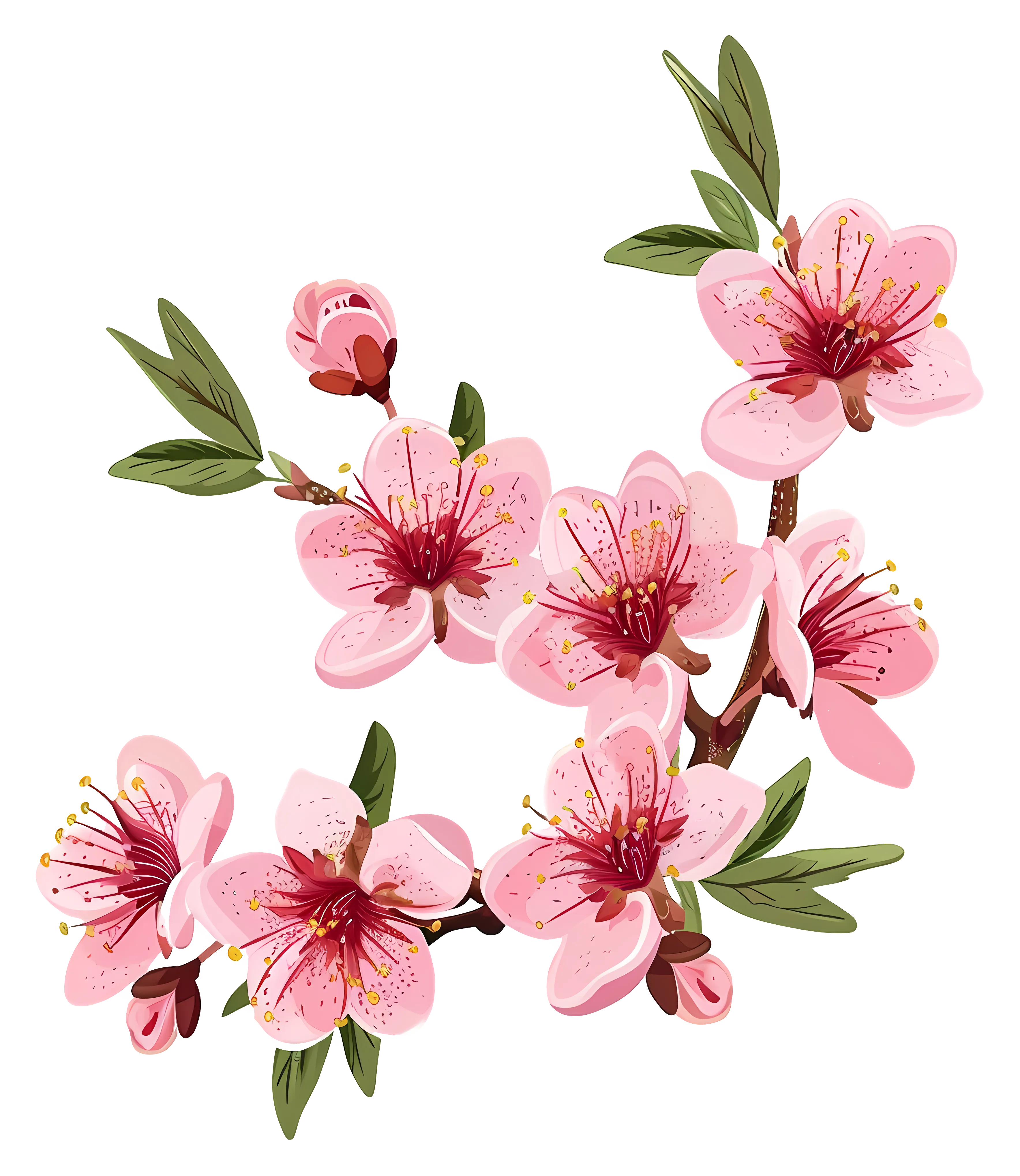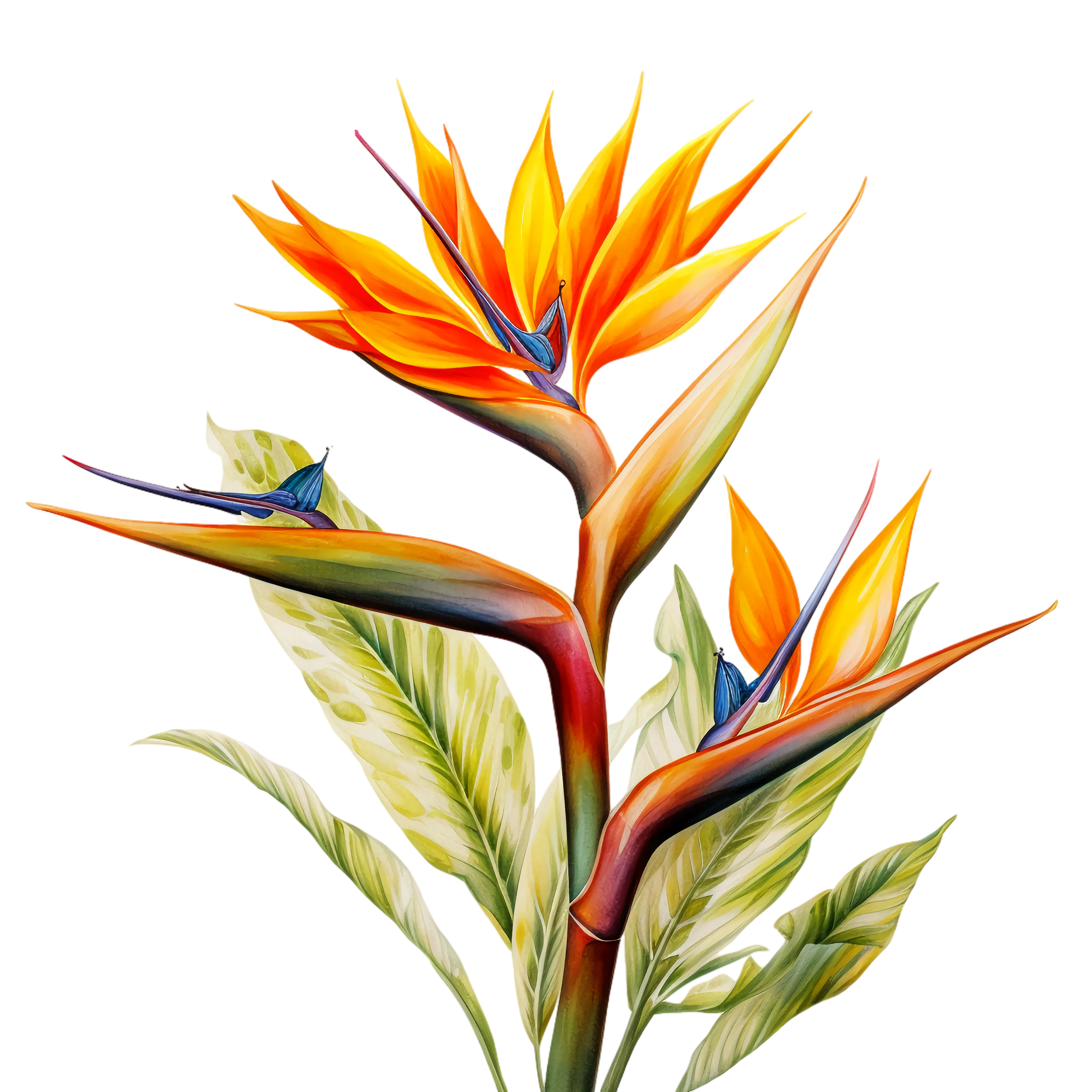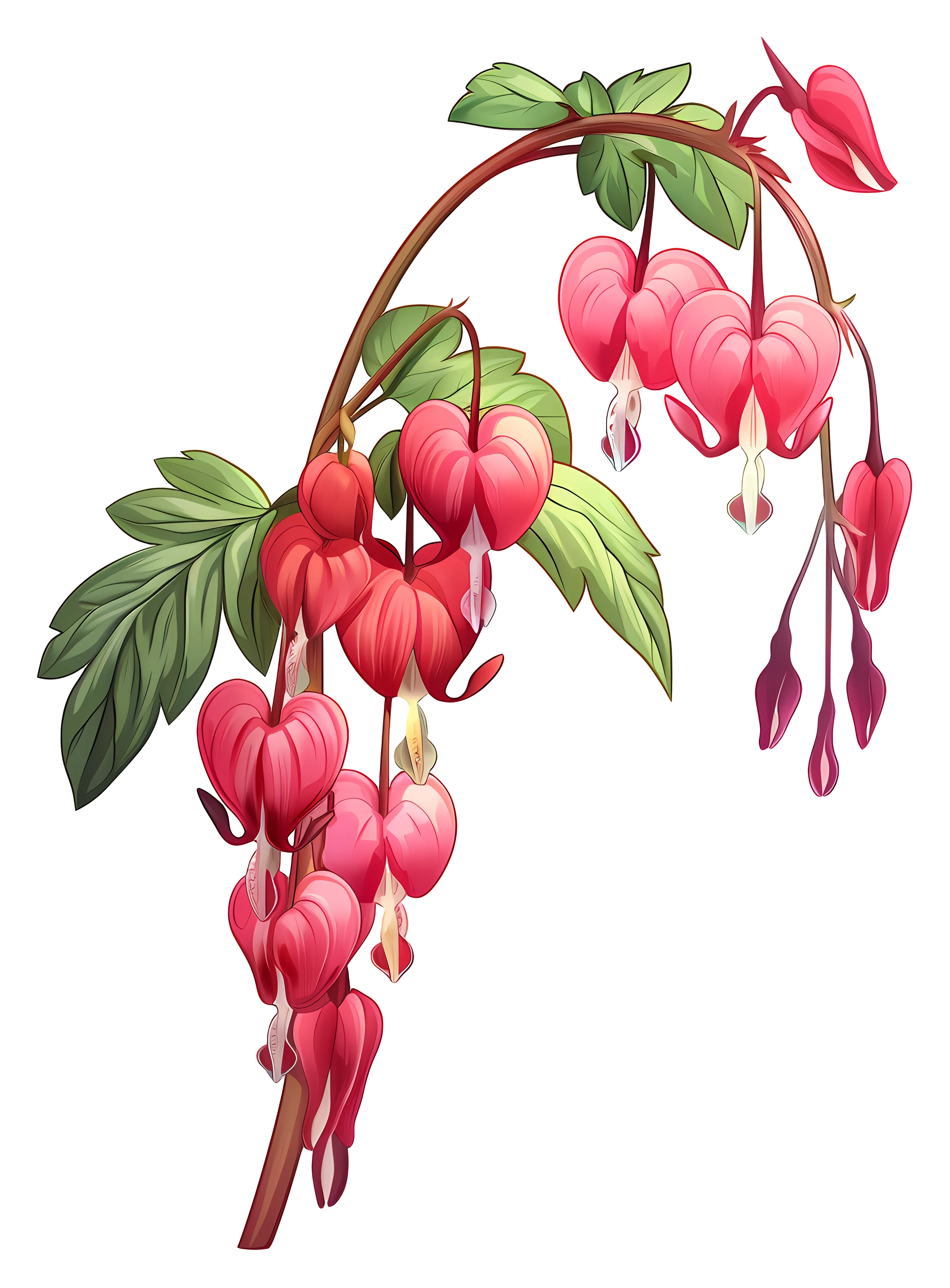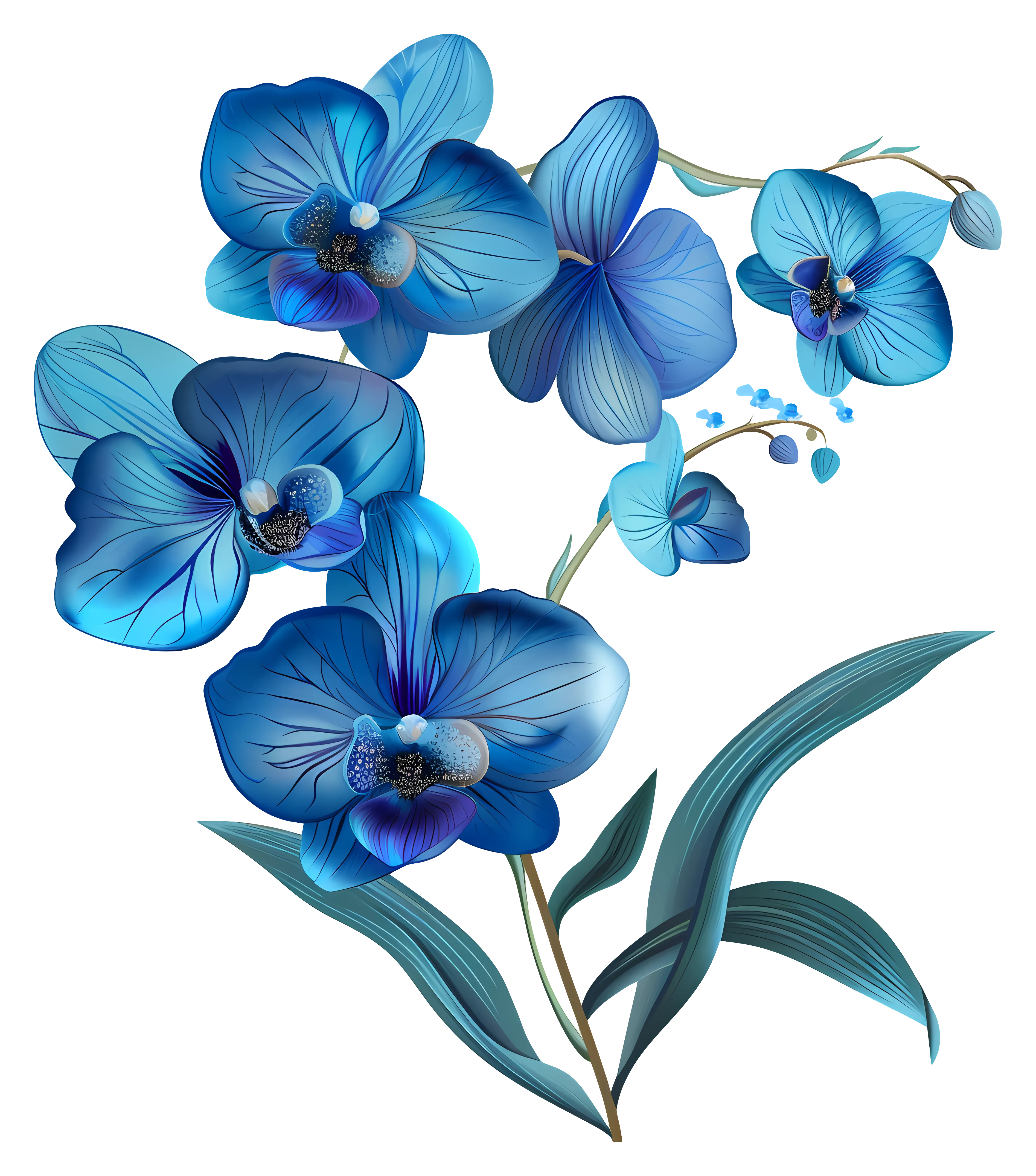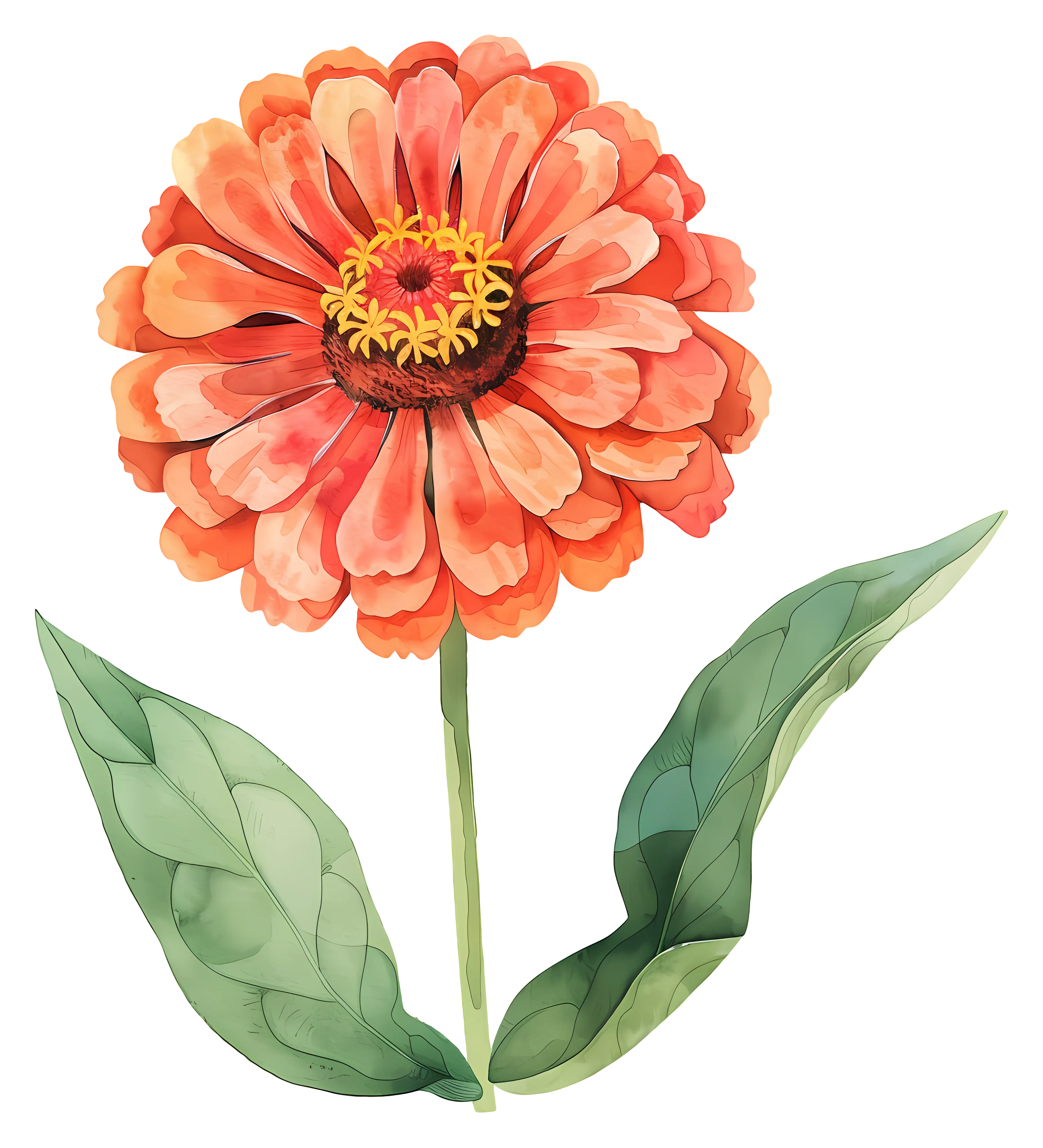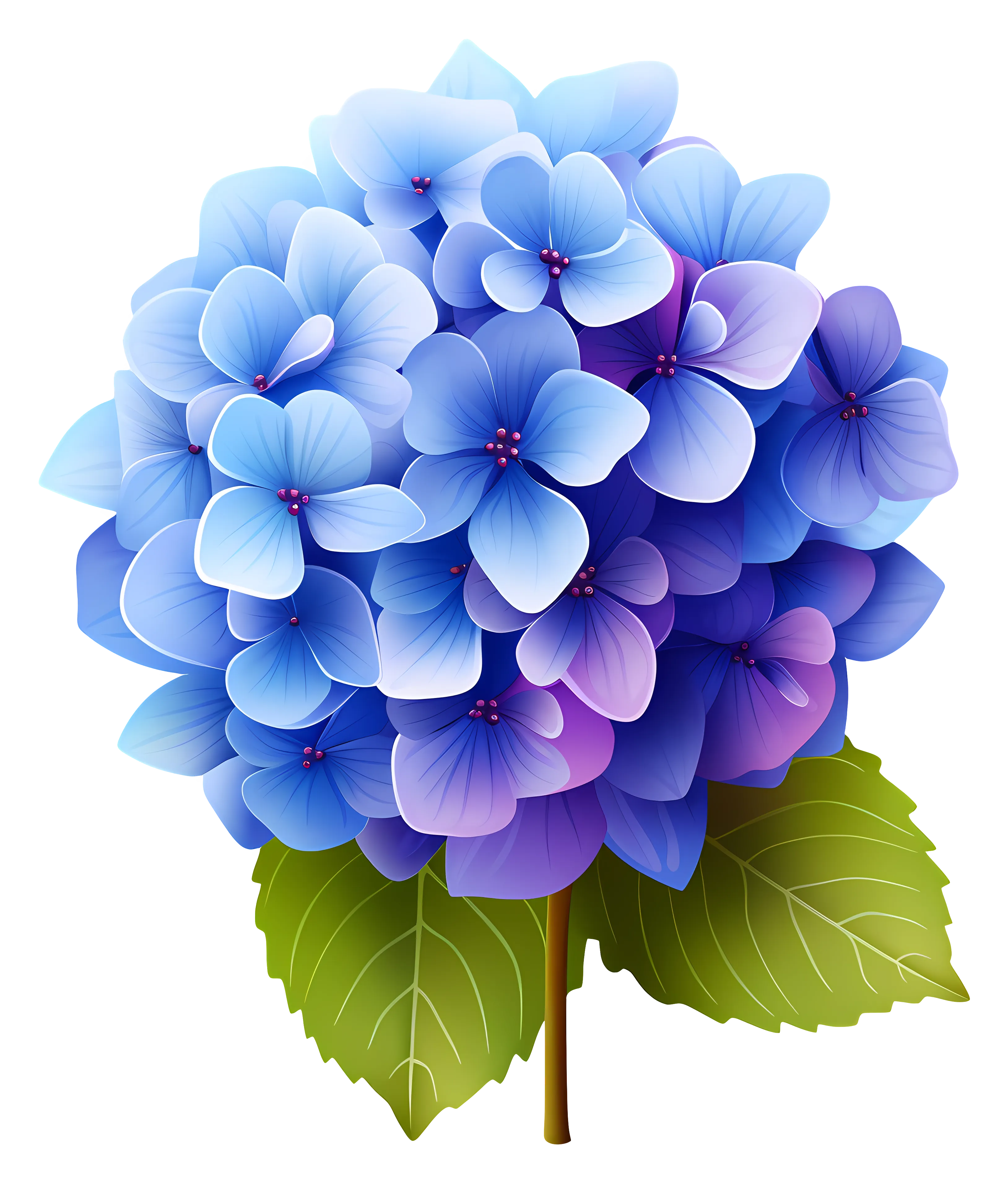Flower Flashcards
Flower Flashcards
Flower flashcards are a fun and interactive learning tool designed to help individuals learn about various types of flowers, their names, characteristics, and significance. These cards are an excellent resource for children, gardening enthusiasts, and anyone interested in understanding the diversity of the natural world. Flower flashcards are commonly used in educational settings, but they can also be a wonderful tool for personal enrichment. By utilizing colorful images and names, flashcards help in memory retention and identification of flowers from different regions and seasons.
The concept of flower flashcards is simple yet effective. Each flashcard features a high-quality image of a flower along with its name. These cards can be made physically, or in digital formats that are often integrated into online quizzes, apps, and websites. Flower flashcards help teach not only the visual appearance of a flower but also its botanical traits, including color, size, shape, and the environment in which it grows. Flashcards can include the scientific name of the flower, the family it belongs to, and its geographical origin. These details make the flashcards educational and engaging, catering to people with different levels of interest in flowers.
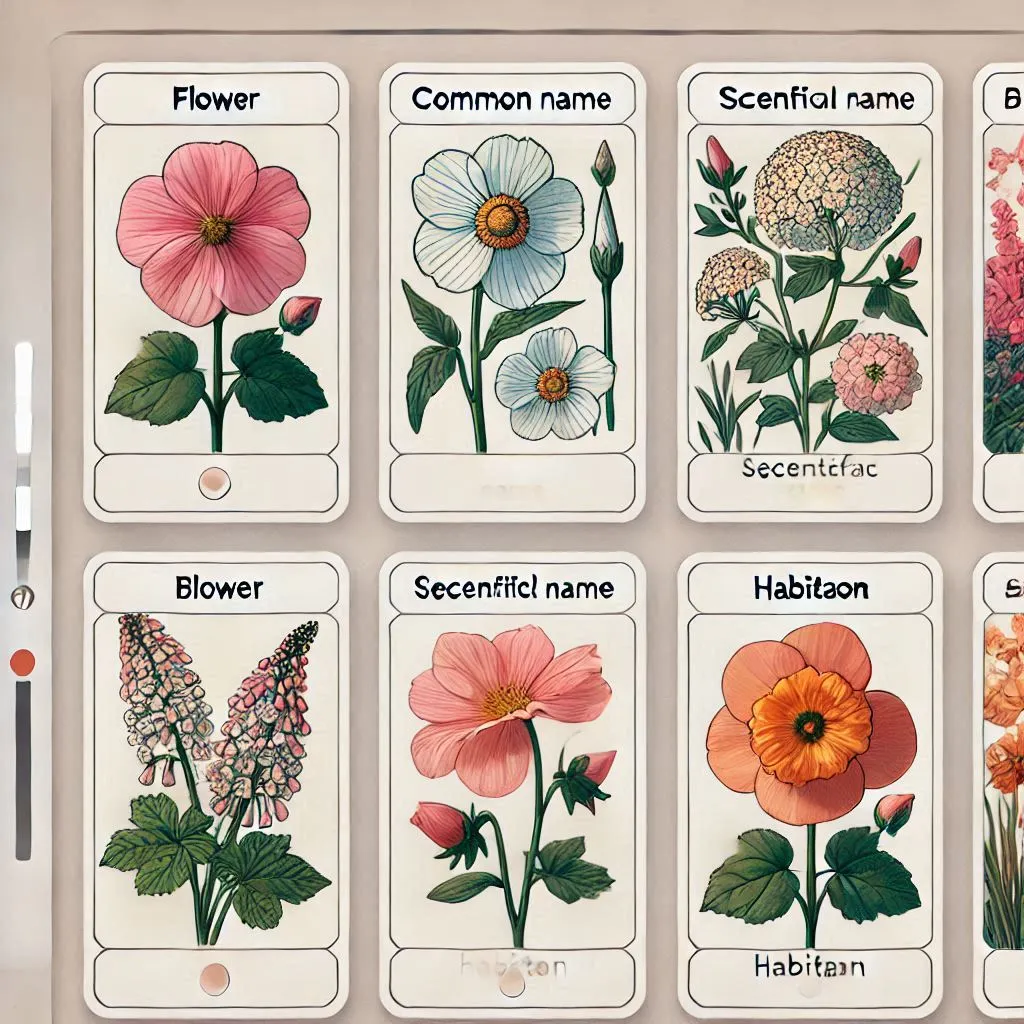
Flower flashcards also enhance vocabulary. As students or learners go through the cards, they become familiar with scientific names and common names of flowers. These cards encourage the exploration of different types of flowers, from popular varieties like roses and daisies to rare and exotic species such as orchids and proteas. By expanding one's flower vocabulary, learners also gain a deeper understanding of nature. For example, the name "Passion Flower" may invoke curiosity, prompting the learner to find out more about its history and symbolism.
Another important benefit of using flower flashcards is the ability to understand the cultural and symbolic meanings of flowers. Many flowers have specific meanings or associations in various cultures. For example, the lotus represents purity and spiritual awakening, while the rose is often linked to love and passion. Flower flashcards can educate learners about the cultural importance of flowers, making them more than just visual symbols. As learners explore the meaning of flowers, they may also discover their uses in rituals, ceremonies, and folklore around the world.
Why Use Flower Flashcards?
There are several reasons why flower flashcards are so useful. First, they serve as an engaging way to learn. Instead of reading long descriptions or looking at lists of flower names, learners can simply view the flashcards to associate a visual representation with the name of the flower. The combination of images and text helps to reinforce memory and makes the learning process enjoyable. Flower flashcards are ideal for visual learners, as they allow individuals to learn by seeing, which aids in faster and more effective memory recall.
Flower flashcards also support active learning. In traditional learning methods, learners are often passive recipients of information, but flashcards allow learners to interact with the material by flipping through the cards, engaging their brains in the process of recall. By doing so, they build stronger memory connections. Flashcards also allow for self-paced learning, which is especially beneficial for those who prefer to learn at their own speed, whether they are beginners or experts.
Types of Flower Flashcards
Flower flashcards can be designed in a variety of ways, depending on the target audience and the purpose of the cards. Some flashcards are simply focused on teaching flower names and their images, while others may include additional information such as the flower’s habitat, bloom season, and even facts about its medicinal or culinary uses. For instance, flashcards for children might feature a simple image of a flower along with its name, while flashcards for botany students might include the flower's scientific classification, geographical origin, and environmental preferences.
Flashcards aimed at children may feature larger, colorful images of flowers, along with simple names or easy-to-understand facts. For example, a child might learn that "sunflowers" are large, yellow flowers that follow the sun throughout the day. Such flashcards are designed to be fun and educational, allowing children to recognize common flowers in their surroundings. These cards may even include fun facts or silly stories about the flowers, making the learning process more enjoyable for young minds.
For more advanced learners, flower flashcards may include botanical details such as the flower's scientific name, family, and order. These flashcards are more suitable for individuals who are studying botany, horticulture, or floral design. Learners can use these flashcards to enhance their knowledge of flower taxonomy, pollination mechanisms, and flower symbolism. More advanced cards might even include information about flower reproduction, plant diseases, and techniques for cultivating different species.
Using Flower Flashcards in Education
Flower flashcards are used extensively in educational settings. Teachers can use them in classrooms to introduce students to the world of plants and flowers. They can be used for various activities, such as:
- Flower identification games, where students match the name of the flower with its picture.
- Quizzes to test students' knowledge of the appearance and characteristics of different flowers.
- Group activities in which students research the meaning and origin of a particular flower and present their findings.
Flashcards can also be used for memory enhancement activities. One popular method is "flipping" the flashcards, where students try to recall the flower’s name or facts based on the image shown. This type of activity encourages active recall, which is a proven technique for improving memory retention. Students can compete against each other or test themselves, making it a fun and competitive way to study.
Flower Flashcards for Gardeners and Nature Enthusiasts
Gardeners and nature enthusiasts also benefit from using flower flashcards. For someone interested in learning about gardening, flashcards can be an essential resource. They can use them to identify flowers in their gardens or local environments. A flashcard can include additional details such as planting seasons, growth conditions, and care instructions, which are helpful for growing these flowers. Knowing when to plant and how to care for a flower is essential for anyone working in the garden.
Flower flashcards can also be useful for those learning about different flower species around the world. For example, someone who enjoys traveling may use flashcards to learn about exotic flowers they encounter in different countries. These cards can help them identify flowers that are native to specific regions, like the Bird of Paradise in South Africa or the Bleeding Heart in Asia. Knowing the history and environmental significance of the flowers they encounter makes traveling more meaningful.
Digital Flower Flashcards
With the rise of technology, digital flower flashcards have become increasingly popular. Apps and websites now allow users to interact with flower flashcards on their smartphones, tablets, or computers. Digital flashcards often feature interactive elements, such as sound effects or animations, to make learning even more engaging. Some apps even use gamification to motivate users to keep learning, offering rewards for completing flower identification challenges.
Some apps even allow users to take quizzes, compete in flower recognition challenges, or learn about the environmental impact of various flowers. By using these apps, users can test their flower knowledge and track their progress over time. These digital tools are particularly helpful for learners on the go, as they can access flashcards from anywhere and at any time. Whether you're at home, on public transport, or in the garden, you can use these digital flashcards to increase your knowledge.
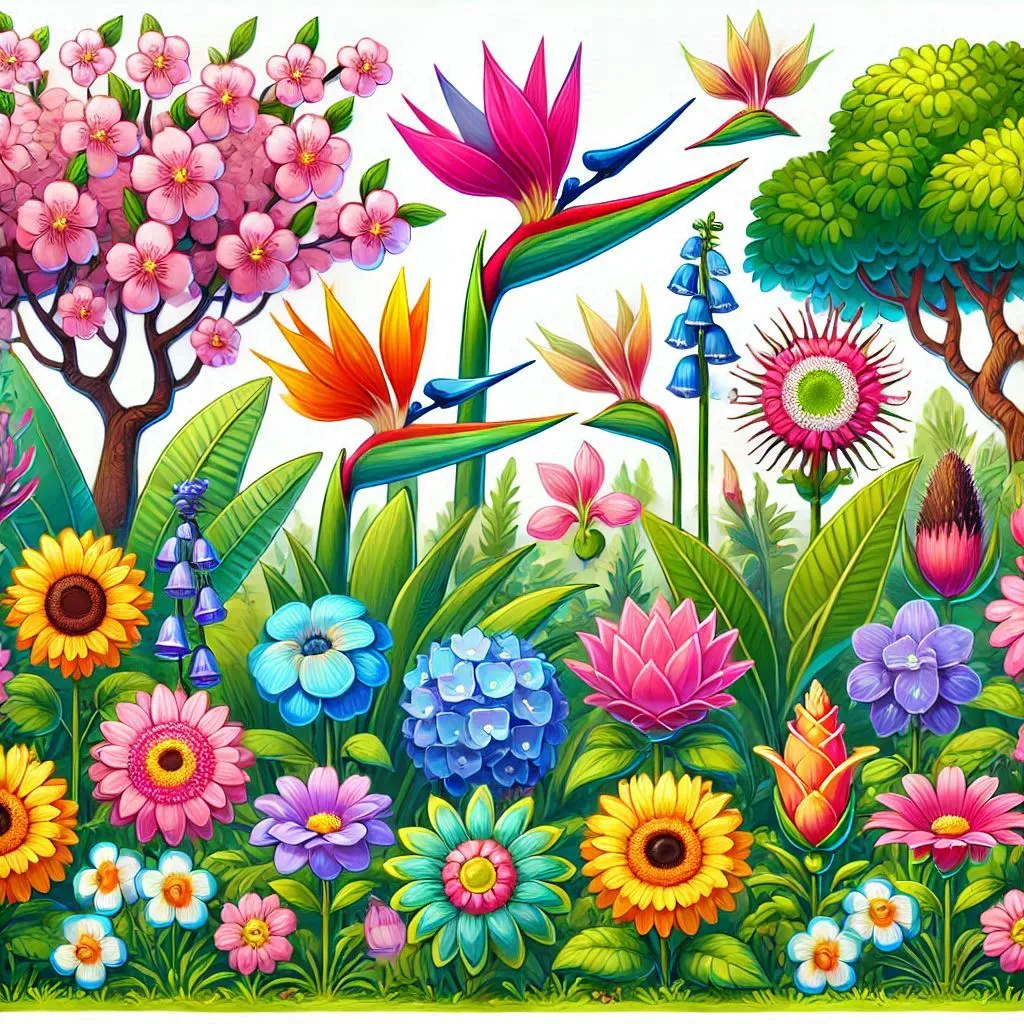
Popular Flowers Featured in Flashcards
Some of the most popular flowers featured in flashcards include:
- Cherry Blossom: A delicate pink and white flower that blooms in spring, often associated with Japan.
- Bird of Paradise: A tropical flower resembling a bird in flight, native to South Africa.
- Bleeding Heart: A heart-shaped flower with a tear-drop like shape, often pink or white.
- Orchid: Known for its intricate petals, orchids come in a variety of colors and are considered one of the largest flowering plant families.
- Lotus: A sacred flower that blooms above the water’s surface, representing purity and enlightenment in many cultures.
- Passion Flower: A vine flower known for its intricate spiral-like petals and vibrant colors, commonly found in tropical regions.
- Protea: A bold flower with large spiky petals, commonly found in South Africa and known for its striking appearance.
- Bluebell: A bell-shaped flower, typically blue, that blooms in forests and woodlands in spring.
- Zinnia: A bright and colorful flower with a daisy-like shape, found in gardens and known for its hardiness.
- Hydrangea: A round, clustered flower that can appear in a variety of colors including pink, blue, and white.
Conclusion
Flower flashcards are a wonderful resource for learning about the vast array of flowers that exist in the world. Whether for young children, students, gardeners, or flower enthusiasts, flashcards offer a simple yet effective way to improve flower recognition, enhance vocabulary, and learn about the symbolic meanings and cultural significance of flowers. They also encourage active learning and memory retention, making them a valuable educational tool for anyone interested in the natural world. Whether you’re teaching, learning, or just exploring the beauty of flowers, flower flashcar
